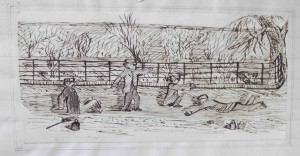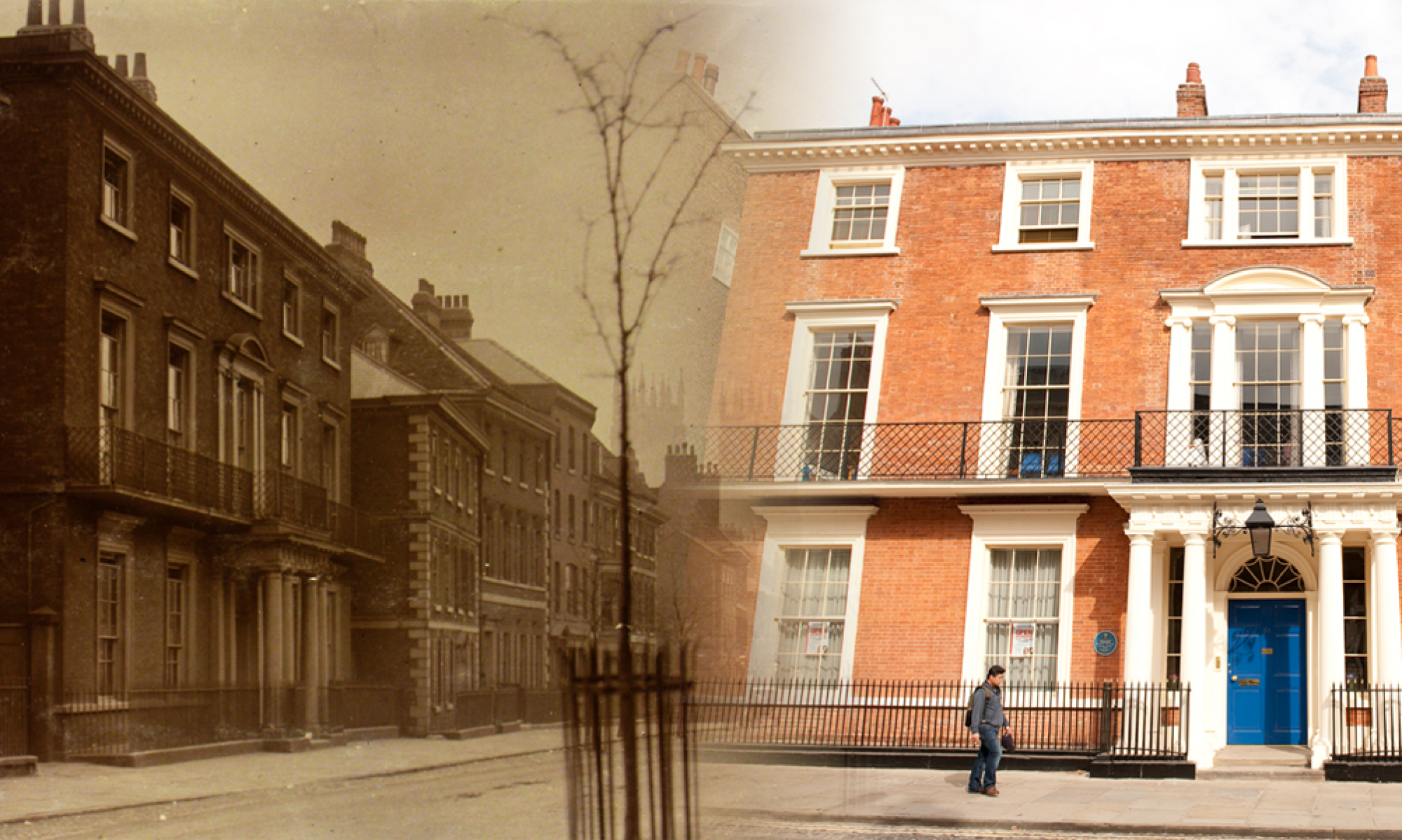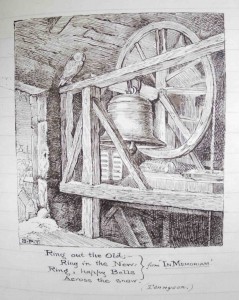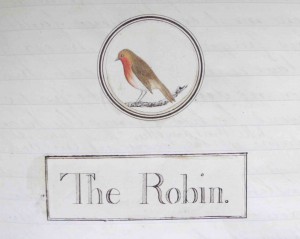
I’ve thought for a while that one of the marks of being ‘grown up’ is whether or not you get excited by snow. Last winter I had to concede that I might be grown up, as I checked the forecasts, got very cold scraping ice off the car, and worried about slipping over.
As the season for cold weather arrives again, it seems appropriate to start a series of extracts from the Observer with illustrations and words from ‘Skating and Sliding’, from November 1865, in which John W. Procter describes what happened when the weather got cold enough.
“The first time that we had occasion to put on our skates this year, occurred about the 20th of Jan, when we had sufficient frost to make it worthwhile ‘pouring down’ for skating and sliding.
Accordingly leave was applied for by some of our most energetic and skilful companions and being kindly granted the asphalt was covered for skating and a slide was made from the fives court down to the bottom of the playground, out of which we had a good deal of pleasure as well as many rolls and tumbles.

We also had some pleasant skating, though the primary foundation of the skating ground being composed of asphalt instead of water which necessarily made it rather rough and as there are always a great many performers, and not too much space to perform in, before very long it got worn through in some places and stones and other ‘tripups’ appeared in abundance, which of course, caused further skating not to be salutary either with respect to ourselves or our skates.”
Notes:
- The Observer features handwritten essays by Bootham students on a wide range of subjects. It ran from 1856 to 1963, and many of the essays include beautiful illustrations.
- The essay is in Vol VI, Number 18, 1865, p329-340. The author was John W. Procter, who was at Bootham between 1862 and 1866. According to the 1935 Bootham School Register, he went on to become an agricultural merchant and chemical manure manufacturer.
- The essay goes on to talk about how they looked for other places to skate. They were not allowed by skate at the new skating ground at Heworth, which was owned by the skating club, but were able to skate at Strensall Common.
- The essay includes a cautionary tale about the dangers of skating on frozen ponds, thankfully apparently no one was seriously injured or killed. I should point out that the passage should be read with a ‘don’t try this at home (or in the playground)’ warning!




